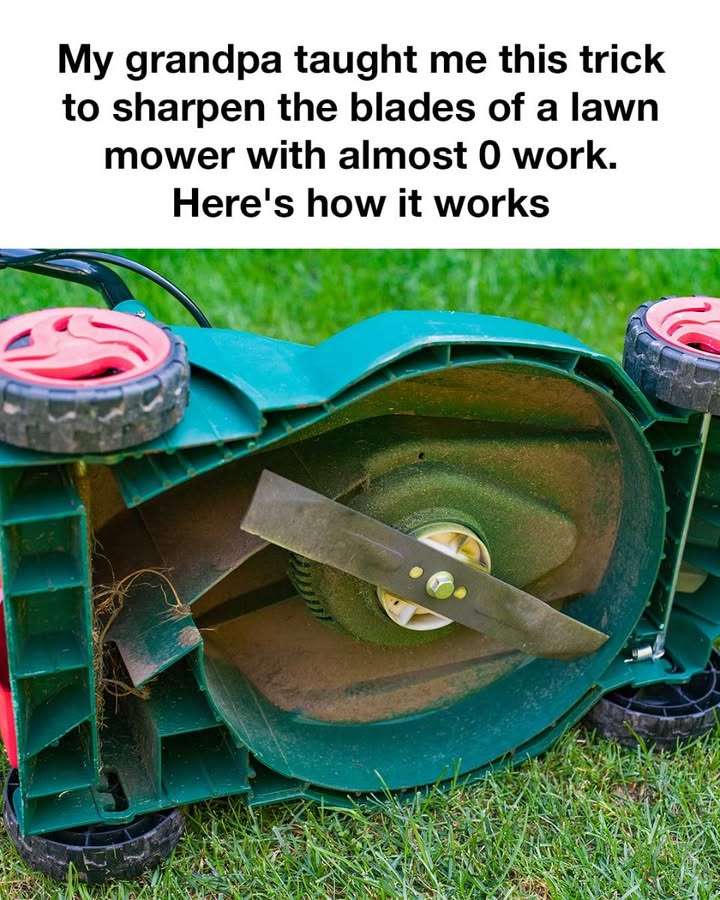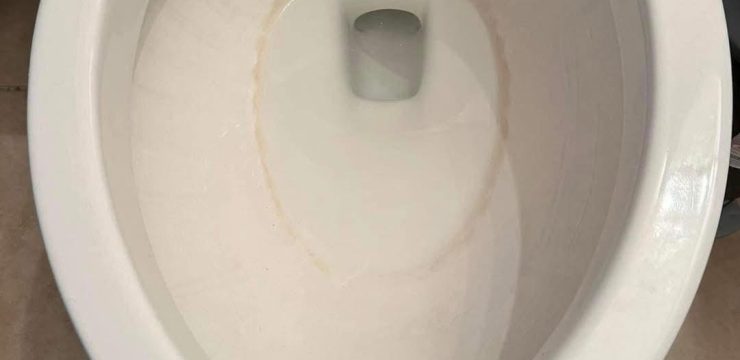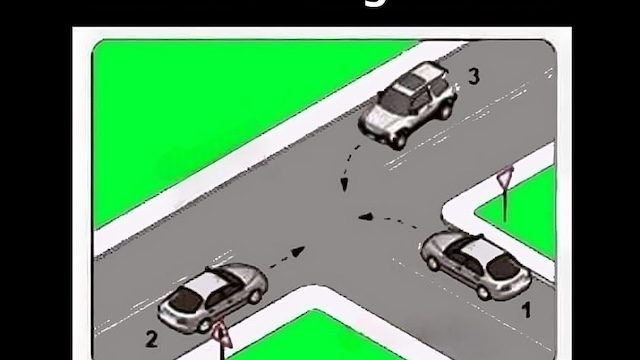Lawn mower maintenance is something every homeowner should learn, especially if you care about keeping your yard neat and healthy. Most people think maintenance means changing the oil, checking the fuel, or maybe cleaning the filter—but there’s one part that often gets overlooked and can make a massive difference: sharpening the blades.

Dull mower blades don’t just make your job harder, they actually damage your lawn. Instead of slicing cleanly through each blade of grass, they tear it, leaving frayed, brown-tipped ends that make your lawn look unhealthy and leave it more vulnerable to pests, disease, and drought. Thankfully, my grandpa shared a simple yet brilliant method for sharpening lawn mower blades, and it’s been a game-changer in my yard care routine. His trick, passed down through generations, uses just a few basic items you probably already have lying around and gets your blades razor-sharp in no time. You don’t need special equipment or a visit to the repair shop—just a little know-how, some elbow grease, and about 15 minutes of your time.
The importance of keeping your blades sharp can’t be overstated. A clean cut promotes faster healing for the grass, which means your lawn stays green, lush, and better able to resist whatever nature throws at it. You’ll also notice your mower works more efficiently because sharp blades create less drag, which reduces wear on the engine and saves fuel over time. It’s a small effort with big rewards. To pull off this easy sharpening hack, you’ll need a strip of sandpaper, a can of WD-40 or any good-quality lubricant, a socket wrench set that fits your mower blade bolts, and a sturdy wooden block to serve as a sharpening surface. Start by tipping your mower on its side, making sure the air filter and carburetor face upward so gas doesn’t leak out.
Then, use the socket wrench to remove the blade from the underside of the mower. Spray a light coat of WD-40 on the sandpaper and place it on the wooden block. Now, take the blade and gently run its cutting edge across the lubricated sandpaper a few times, maintaining a consistent angle. This creates a sharp, even edge without grinding away too much metal. Once you’re satisfied with the sharpness, simply reattach the blade using the socket wrench, ensuring it’s secure before you set the mower upright again.
Of course, safety should always come first. Make sure the mower is completely turned off and disconnected from any power source before handling the blade. Always wear gloves when dealing with sharp or potentially sharp tools, and take your time—rushing through can lead to accidents. Working slowly and with care not only protects you but helps you achieve a better sharpening job. While there are other methods for sharpening blades—like using a bench grinder, sharpening stone, or hiring a professional—my grandpa’s method stands out for being fast, simple, and cost-effective. It gets the job done well without requiring much skill or experience, making it perfect for DIY-minded homeowners. Just be careful not to overdo it; over-sharpening can thin out the blade too much, causing it to wear down quickly or even crack during use. Also, it’s critical to check the balance of the blade after sharpening. An unbalanced blade can cause vibration, affect mowing performance, and even damage the mower itself. A quick way to test balance is to place the blade on a nail or screwdriver through the center hole—if one side dips lower than the other, you’ll need to remove a bit more material from the heavier side. Once you’re done, be sure to clean the blade and mower deck to remove leftover grass or debris and prevent rust. In the end, keeping your lawn mower blade sharp doesn’t have to be a hassle or an expensive task. With my grandpa’s trick, it becomes a quick and easy part of your regular maintenance routine. You’ll notice a difference in how your mower performs and how your lawn looks almost immediately. A little effort goes a long way in creating a greener, cleaner, and more beautiful yard—all while saving time and money. There’s something satisfying about pushing a mower that glides through the grass like butter, and it all starts with a sharp blade.





